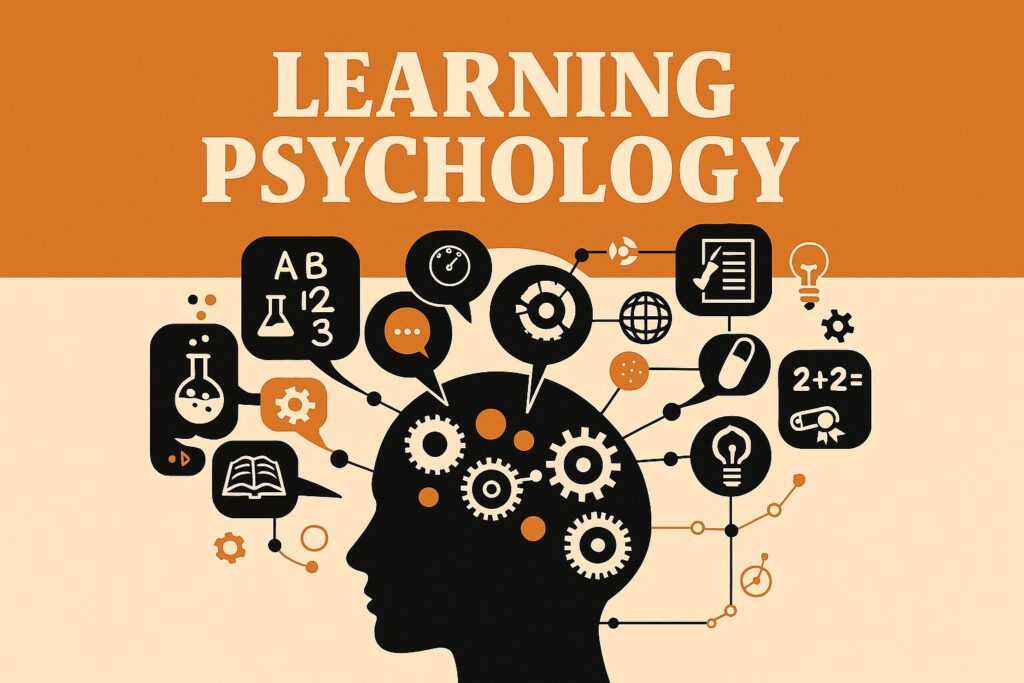
In the rapidly changing world of education and personal development, what lays the foundation for authentic and enduring success is not what we learn but how we learn. At the centre of that process is the psychology of learning – the cognitive, emotional, and social influences on our ability to learn, remember, and transfer knowledge. There are many influences on the learning process, but few are as important as motivation, curiosity, and mindset. In our analogy, they are the engine, the fuel, and the steering wheel.
Motivation: The Engine of Learning
Motivation is the engine behind any learning effort. It dictates the intensity of effort we put into learning as well as the persistence displayed when the going gets tough. Psychologists, identify two forms of motivation: intrinsic and extrinsic.
Intrinsic motivation is related to personal, internal pleasure such as learning because you enjoy learning to understand something new. This type of motivation usually results in more learning and remembering in the long term. On the other side of the spectrum is extrinsic motivation which is generally based on an external reward such as grades, praise, or money. Extrinsic motivation may be effective but may not develop a real interest in learning or deep understanding.
Educators and learners need to develop internal motivation by developing contexts where learners see purpose, relevance and autonomy in their work.
Curiosity: The Gasoline for Motivation
If motivation is the engine, then curiosity is the gas. Curiosity activates our brain’s reward system, releasing dopamine, reinforcing the pleasure of discovery. Curiosity converts passive engagement to active exploration, increasing the likelihood that learners will engage in questioning, investigation, and connecting new information to prior knowledge. Curiosity grows in environments where mistakes are seen as opportunities to learn rather than failure. Learners’ curiosity and desire to know are rekindled through the knowledge that educators can encourage inquiry, question assumptions, and spark wonder.
One of the best ways to foster curiosity is through real-world application. Once learners understand why something matters, they are more willing to seek to understand the mechanics behind how it works.
Mindset: The Steering Wheel of Learning
Dr. Carol Dweck’s research on mindset created a paradigm shift in how we view our beliefs about our abilities and how those beliefs impact learning.
In contrast to a fixed mindset that assumes that intelligence and abilities are immutable and you either have them or you don’t, a growth mind set assumes that abilities can be developed through effort, strategy and feedback. Learners with a growth mind set welcome challenges, persevere in difficulties and see effort as a path to mastery.
Moving to a growth mind set requires more than positive thinking; it requires conscious contemplation, continual feedback, and environments that value growth over perfection.
Concluding Thoughts: Designing Learning for the Whole Mind
The gross measures of success learning are not just teaching course material; it is about being aware of the mind of the person learning. By motivating, prompting curiosity, and developing a growth mind set we can develop learners who will have the knowledge but also the ability to learn, adapt and thrive.
In the world we live in where knowledge changes every minute; those psychological factors aren’t just beneficial – they’re required. Because the way we learn ultimately dictates how far we will go.


